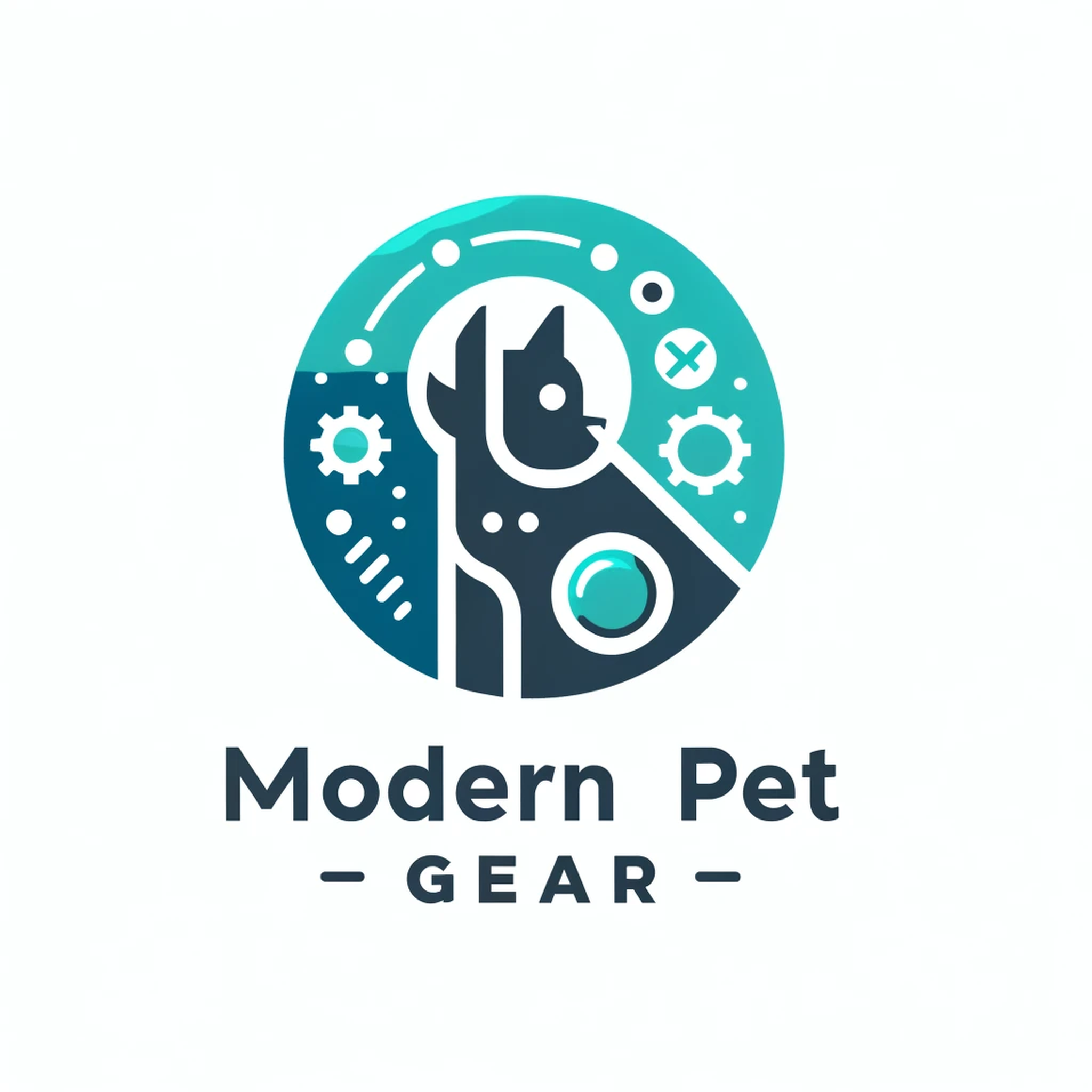Long-haired pets are beautiful and affectionate companions, but their luxurious coats require extra care to prevent health issues. This guide will explore common health problems in long-haired pets and provide preventive measures to keep your furry friend healthy and happy.
Common Health Issues in Long-Haired Pets
- Matting and Tangles
- Problem: Mats and tangles can lead to skin irritation, infections, and discomfort.
- Prevention: Regular brushing, at least once a day, using a slicker brush and detangling spray. Schedule professional grooming sessions every 4-6 weeks.
- Skin Infections
- Problem: Mats can trap moisture and debris, leading to bacterial and fungal infections.
- Prevention: Keep your pet’s coat clean and dry. Bathe your pet every 4-6 weeks with a gentle, pet-specific shampoo. Ensure thorough drying after baths.
- Fleas and Ticks
- Problem: Dense fur can hide fleas and ticks, causing itching, allergies, and diseases.
- Prevention: Use veterinarian-recommended flea and tick preventatives. Regularly check your pet’s coat, especially after outdoor activities.
- Hairballs
- Problem: Ingested hair can accumulate in the digestive tract, leading to vomiting or intestinal blockages.
- Prevention: Brush your pet regularly to reduce loose hair. Provide hairball control cat food and treats, and ensure adequate hydration.
- Ear Infections
- Problem: Long fur around the ears can trap moisture and dirt, leading to infections.
- Prevention: Trim hair around the ears and clean them weekly with vet-recommended ear cleaner. Watch for signs of infection like redness or foul odor.
- Obesity
- Problem: Long-haired pets may hide weight gain, leading to obesity-related health issues.
- Prevention: Maintain a balanced diet and ensure regular exercise. Monitor your pet’s weight and consult your vet for a suitable diet plan.
- Dental Issues
- Problem: Dental problems can lead to pain, infections, and tooth loss.
- Prevention: Brush your pet’s teeth regularly with pet-safe toothpaste. Provide dental treats and schedule annual vet check-ups for professional cleanings.
Creating a Health Care Routine
- Daily Grooming
- Incorporate brushing into your daily routine to prevent mats and tangles. Use this time to check for any abnormalities in your pet’s skin or coat.
- Regular Vet Visits
- Schedule regular check-ups with your veterinarian to monitor your pet’s overall health and catch any issues early.
- Balanced Diet and Hydration
- Feed your pet a high-quality diet tailored to their needs. Ensure they have access to fresh water at all times.
- Exercise and Mental Stimulation
- Provide ample exercise and playtime to keep your pet physically and mentally fit. Use interactive toys and engage in daily play sessions.
Conclusion
Caring for a long-haired pet requires dedication, but with the right routine, you can prevent common health issues and ensure your furry friend leads a happy, healthy life. Regular grooming, a balanced diet, and routine vet visits are key to maintaining their well-being. For more tips and advice on pet care, visit our Pet Care Guides section and join our community of pet lovers!

